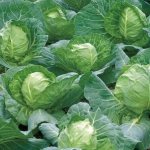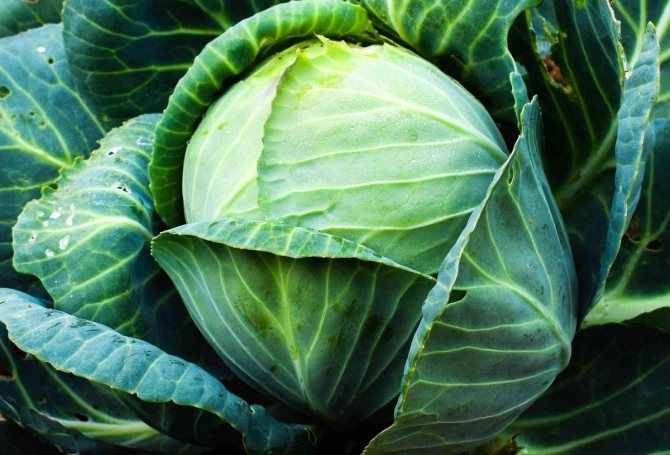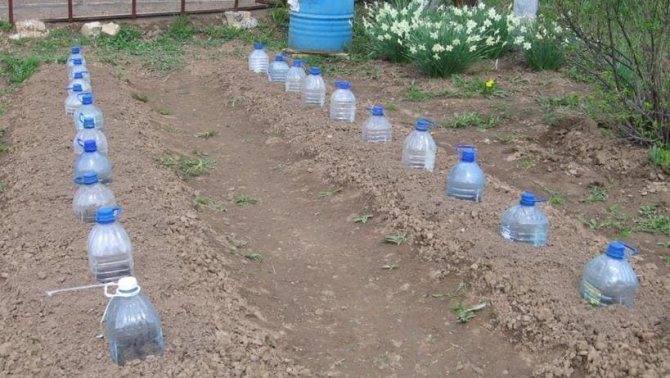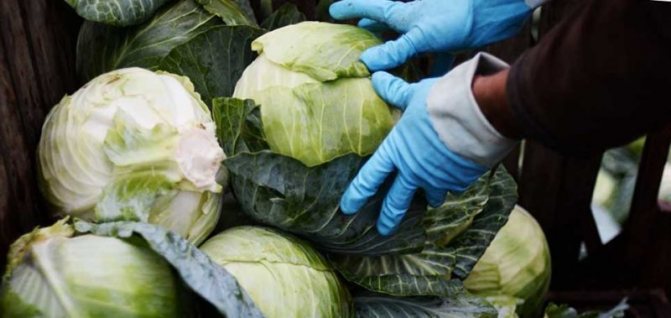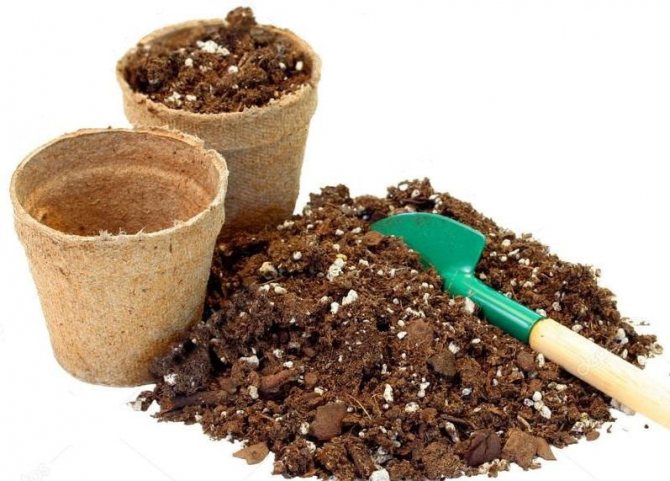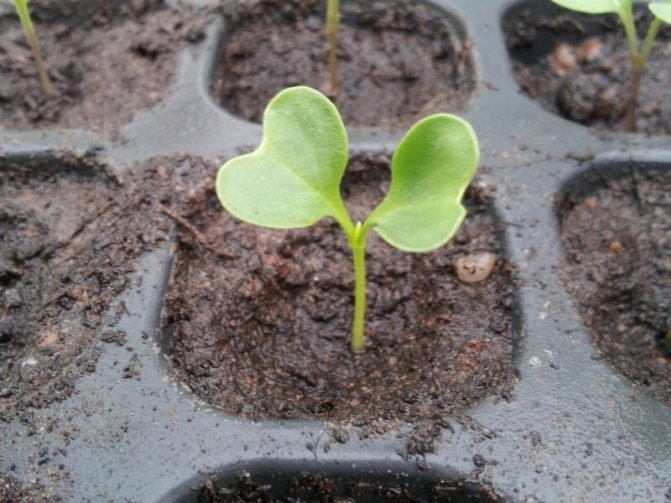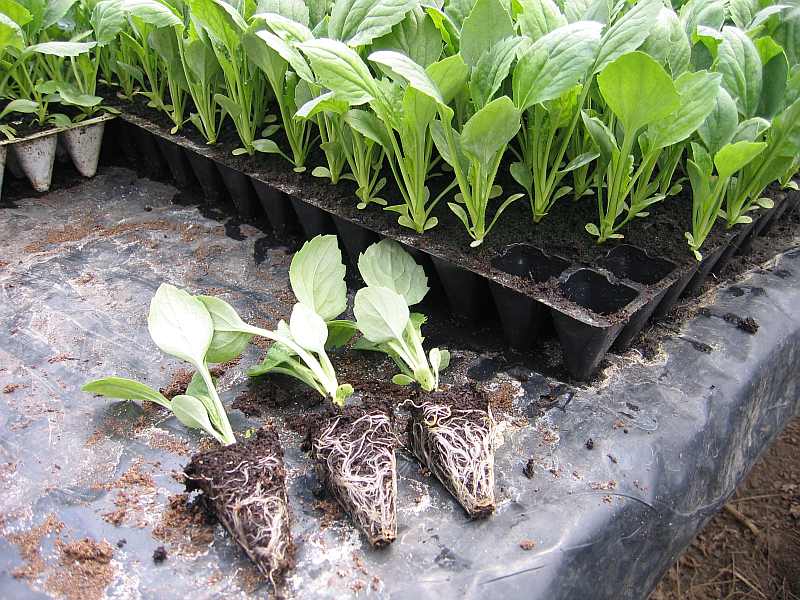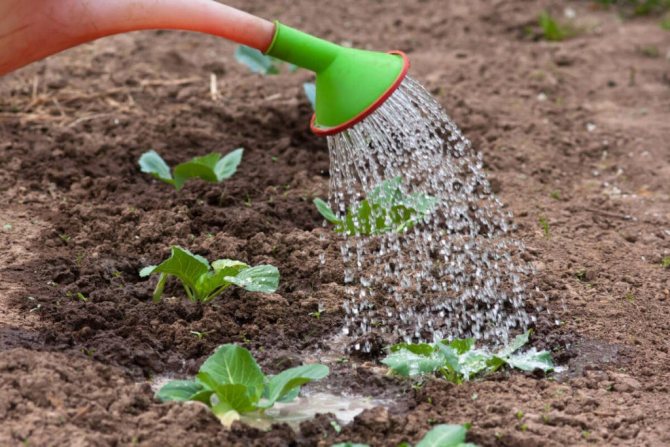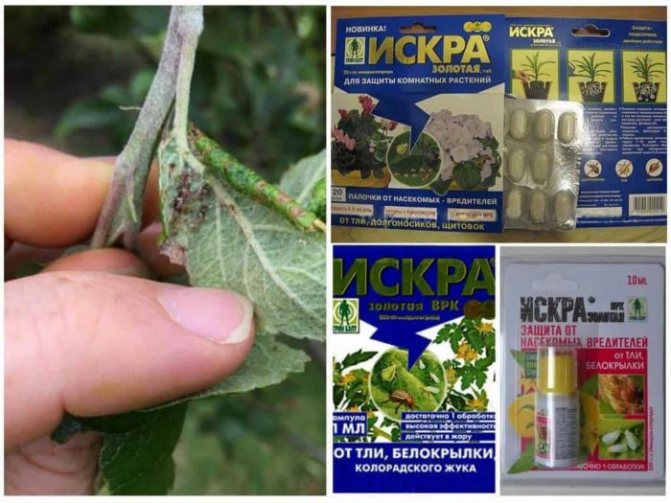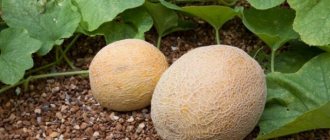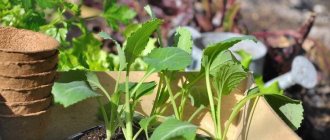White cabbage is a well-known and widespread vegetable among gardeners and gardeners. I grow it almost all in my garden plot.
An experienced gardener knows how to grow cabbage and get a good harvest. This is possible because he knows how to care for cabbage. Despite the fact that the vegetable is widespread, the cultivation technique has its own nuances and you need to clearly know what the cabbage loves when growing.
Cabbage is loved by gardeners not only for its beneficial properties, delicate juicy taste, but also for the possibility of obtaining a good harvest with the subsequent long-term preservation of the heads of cabbage in the future.
They were the first to cultivate cabbage in Egypt. Then she moved to Europe, and from there to Russia. It was consumed fresh, fermented. Cabbage brine was used to restore strength after severe illnesses. The composition contains a lot of vitamin U. This is due to its benefits for the digestive tract. It is used as a dietary product in the fight against obesity. It is used in cosmetology.
Description of cabbage
Cabbage is a moisture-loving plant, mainly a biennial or annual of the Cruciferous family. There are more than 50 species of this plant, among which the most famous are:
- white,
- red,
- kohlrabi,
- broccoli,
- colored,
- Beijing,
- Brussels
This is far from the entire list of varieties and varieties of cabbage, but only the most in demand in modern society.
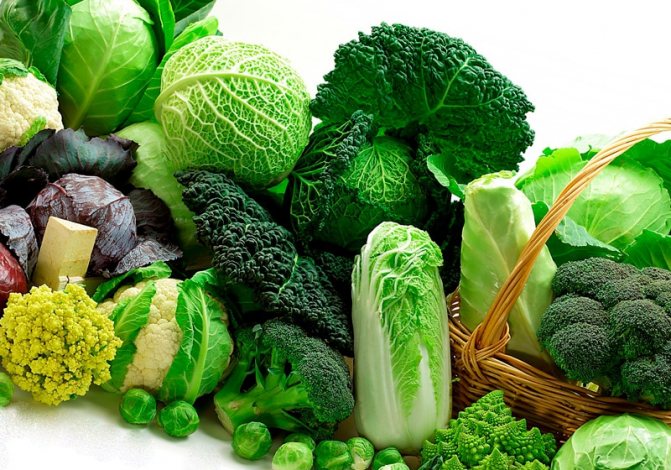
Types of cabbage
The culture is very fruitful, but demanding on the quality of the soil and natural conditions. How to grow cabbage enjoying a high harvest. What conditions will be optimal for the growth of this culture, what to feed and when to plant. All this will be discussed in more detail below.
When and how much to water cabbage
Irrigation plays a significant role in increasing the yield of cabbage. Even on floodplains, with one irrigation during the rosette phase, the cabbage yield increases by 18 -25%. Cabbage needs watering even in the most favorable years for weather conditions, since the distribution of precipitation by months does not always coincide with the needs of plants for moisture. Watering is necessary 1-2 times a week, 1.5-2.0 liters per plant. When setting the period and rate of watering, take into account the moisture of the soil and the condition of the plants. After each watering, the soil is loosened. Delay in loosening leads to significant moisture loss and a decrease in irrigation efficiency.
Growing cabbage seedlings and caring for seedlings
You can grow cabbage seedlings yourself. You should pay attention to the quality of the planting material. It plays an important role in the quality of the final product.
Not all novice gardeners know how to properly plant cabbage for seedlings. Before sowing, you should decide on the requirements: which variety is needed. For what purposes will the harvest be used - will the cabbage be used fresh, will be sent for storage or will be salted, pickled. Based on these parameters, a variety is selected and only then they start planting.
Soil preparation for sowing seedlings
The composition of the soil substrate is important for sowing seeds and growing seedlings. The soil is prepared in the fall, choosing the sod component and humus in equal parts.You need to try to take fresh soil in order to avoid infection of seedlings with fungal diseases. The soil should be loose with good air permeability. For its preparation, use 2 parts of coconut fiber and 1 part of humus.
The finished soil is frozen. Next, they are treated with a solution of potassium permanganate and after drying, ash is added (in the ratio: 10 grams of ash per 1 kg of soil).
Attention! All these measures are the prevention of fungal diseases of the plant, such as blackleg.
Seed preparation
If you buy seeds in a store, the process of preparing them for sowing is reduced, since they have already gone through all the necessary processing. It is enough to place them in warm water for 15-20 minutes, then cool, dry and can be sown.
For reference! The exceptions are seeds with a bright unnatural color - they do not need to be soaked in water, because the manufacturer did it.
Seeds of own collection (homemade) should be additionally treated with Fitosporin-M solution for at least 8 hours. After that, you need to soak the seeds in a nutrient solution 1-2 days before the sowing date.
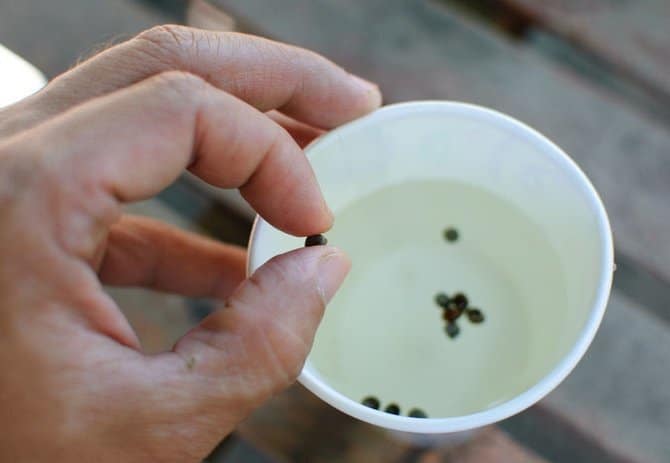

Seed soaking
If Fitosporin is not available, you can disinfect the seeds by calcining: bake them in foil in the oven at a temperature of 90 degrees.
Seed seeding step by step
Seedlings are usually grown in boxes or separate containers. An ideal but expensive option is peat cups.
A prerequisite for a container for seedlings is the presence of holes for air exchange. If they are not provided by the manufacturer, you will have to make them yourself before filling the container with soil.
- The container should be filled three-quarters with soil.
- So, as cabbage is a moisture-loving plant, the earth must be well shed with water.
- The seeds are placed in a groove (not more than 1 cm deep). The distance between the seeds should be 3 * 15 cm.
- Then they are sprinkled with earth.
Temperature conditions required for seed germination are +20 degrees.
After 5-6 days, the first shoots appear, when the seedlings have sprouted, they are placed in a cooler room. The temperature at this stage will be up to +10 degrees. It should be increased gradually in order to avoid unnecessary stretching of the seedlings in height and the formation of a thin base of the stem.
Attention! The timing of sowing seeds depends on the variety of cabbage, the area in which it is cultivated, the presence of a greenhouse and other growing conditions.
In general, seedlings begin to grow about 45 days before the young bushes are planted in a permanent place.
Selection and preparation of a site for planting cabbage
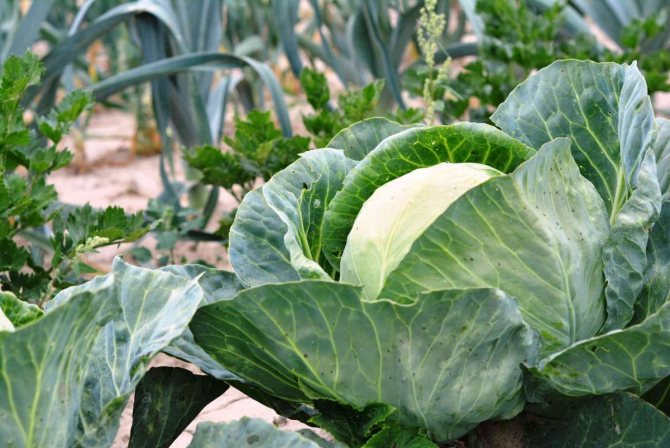

Processing of the site for cabbage begins in the fall after harvesting the previous crop. The soil is dug up deeply as early as possible, in the spring it is harrowed or treated with an iron rake, then it is dug up again and leveled before planting seedlings. In waterlogged areas, cabbage is planted on ridges or ridges.
Cabbage is demanding on soil fertility. Fertilization is one of the decisive conditions for obtaining high yields of cabbage. The combination of organic and mineral fertilizers dramatically increases the yield. As a rule, 2-4 kg of organic fertilizers are applied per 1 m2 (How to make compost for any soil) and 80-90 g of mineral fertilizers - nitrogen, phosphorus and potassium. Cabbage gives the highest yields when all three types of fertilizers are applied.
The main part of mineral fertilizers (from 2/3 to 3/4) should be applied for autumn or spring digging, since during the greatest growth of cabbage, the bulk of the roots will be at this depth. In addition, the soil is more moist here, so the fertilizer is better used by the plants. The rest of the mineral fertilizers are applied when planting in holes or in top dressing. You can apply mineral fertilizers to the holes along with irrigation water when planting seedlings. Fertilizer doses are the same as in dry form.These techniques help to increase the yield and accelerate the maturation of the heads of cabbage.
Early cabbage is placed in areas that are free of snow early, well fertilized and have a lighter soil. It is better when the site has a southern or southwestern slope, well protected from cold winds. The best soils for medium and late varieties are floodplain, well-fertilized loams, chernozems, and dark gray forest soils.
Soil preparation
The successful cultivation of white cabbage in the open field, like other varieties and varieties, is possible only if soil reclamation is observed.
So the first stage of preparation will be the choice of a place where other cultures grew earlier. Good precursors for cabbage are: cucumbers, onions, legumes and nightshades (in particular potatoes).
The landing site should be open and unshaded; it must be prepared even before the onset of winter. Cleaning the site from plant residues and fertilizing it with compost is a prerequisite for preparing the soil. You can fertilize the soil with compost in the spring, but fresh manure should be added at the end of August after harvesting, when it is still warm outside and there is time for the processing of raw materials by microorganisms.
Each type of soil has additional preparation requirements:
- acidic soils are mixed with ash or lime;
- peat soils should be fertilized with potassium chloride;
- on poor soils, fertilizer is mixed with superphosphate.
When adding compost in the spring, they immediately dig up the soil to evenly distribute the fertilizer.
For late varietal cabbage, it is better to dig up the ground in the fall and start planting as soon as the ground is ripe.
Additional Information: you can check if the soil is ripe by digging a layer 20 cm thick and squeezing a lump of earth from the bottom. The lump squeezed in the hand is thrown to the ground. If it crashed on impact, then the ground is ready and you can start planting.
Reproduction of culture
Cabbage propagates from seed, but traditionally in temperate latitudes, seedlings are grown. The agriculture comes from the subtropical Mediterranean region. In a short summer, it is necessary to accelerate the first stage of the growing season, the formation of a head of cabbage. In addition, the degree of adaptation in seedlings is higher than in seeds. Correctly grown, fed seedlings quickly take root in the open field.
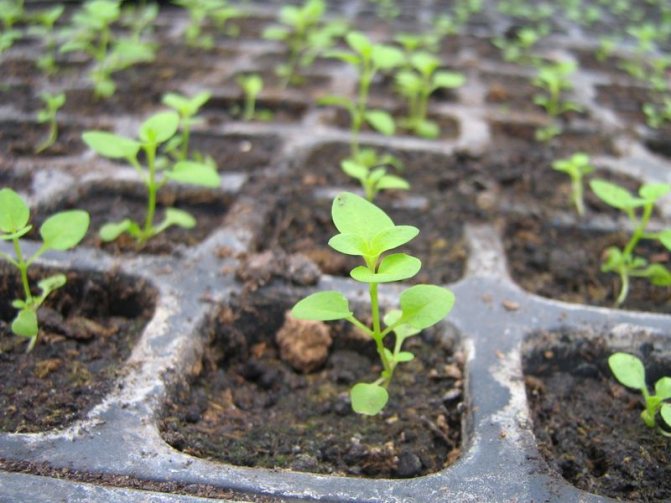

Cabbage tolerates light frosts well, so it can be planted in the spring in a greenhouse, under the covering material with seeds, in order to get a harvest of early varieties in June.
There are varieties of white cabbage:
- early;
- mid-season;
- late.
Expert opinion
Stanislav Pavlovich
Gardener with 17 years of experience and our expert
Ask a Question
Note! Early varieties are planted on seedlings from 1 to 20 mats, mid-ripening - at the end of the month, late from late March to 20 April.
The average maturation of seedlings is from 40 to 50 days. Seed material is planted in special cassette containers for large areas. For growing on personal plots, plastic, peat 200 gram cups are used. They use the method of Julia Minyaeva, the "snail".
It is preliminarily recommended to disinfect the seeds. Seed material is soaked for 20-30 minutes in a solution of 3% hydrogen peroxide, potassium permanganate. Humus with turf soil is used as a soil, in a ratio of 50/50. Wood ash is added (1 tablespoon per kg), acts as an antiseptic, top dressing.
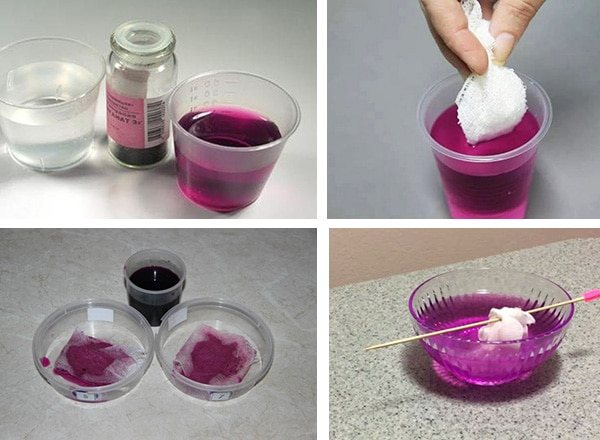

Before planting, the seeds can be soaked so that they hatch.
Pickled seeds purchased from the store, with the corresponding mark, are hardened. For 20 minutes, they are dipped in hot water (up to + 50⁰C), then cooled in cold water (5 minutes). Seed material is planted on seedlings in a common tray, with further picking, in separate cups.They are planted to a depth of about 1 cm. Water abundantly, cover with foil until sprouts appear.
Take note! The optimum temperature for growing seedlings is from + 18⁰C to + 20⁰C during the day, and several degrees lower at night. White cabbage loves water, you need to constantly moisten the earth. Seedlings need additional lighting. Daylight hours are extended to 12-15 hours. Use economical LED backlights. Seeds germinate in 2-3 days.
Cabbage seedlings must be fed:
- 1 top dressing, after about 10 days, when the seven-lobed leaves appear. Ammonium nitrate and superphosphate (2/4 grams per 1 liter of water). First, the seedlings must be watered. Or use organic feeding, mix 10 g of dry yeast with 3 tbsp. tablespoons of sugar per 1 liter of water. Insist for several hours, water the plants.
- 2 feeding, after 2 weeks. Double the dose of ammonium nitrate and superphosphate. Apply organic feeding. For 40 days, the herbal solution is infused, diluted with 1 liter per 10 oxen, watered.
- 3 top dressing, a few days before planting in the ground. Ammonium nitrate (3 g), superphosphate (5 g), add potassium fertilizers (8 g).
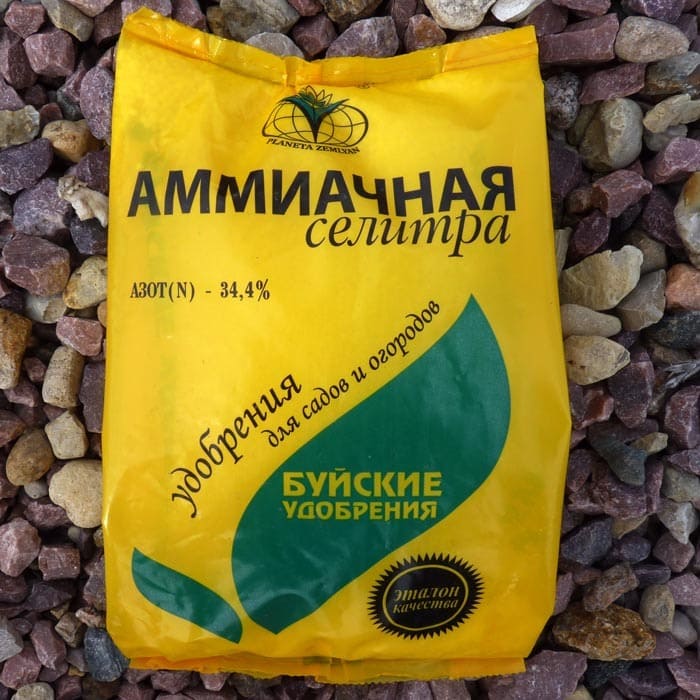

The seedlings will be ready for planting in a month and a half.
Planting seedlings
Cabbage is an unpretentious plant, everyone can take care of it. The main thing is to know what conditions are necessary for the rapid growth of this vegetable.
You can plant seedlings 45 days after seed germination. Of course, everything is individual for each variety. When and how to grow Peking cabbage, cauliflower or Brussels sprouts can be understood from the general requirements for the readiness of seedlings:
- the seedling must be large enough and strong on visual inspection;
- have at least 5 leaves;
- have a large root system.
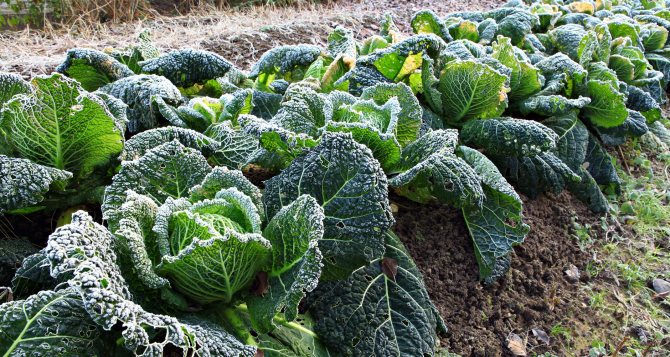

Cabbage in the beds
Short-term frosts for cabbage are not a hindrance, however, if the cold lasts more than a day, then you should not plant seedlings in the garden.
For active growth and quick adaptation, seedlings need to be hardened two weeks before planting.
To do this, you should take containers with young bushes outside for 60 minutes (or open a greenhouse), increasing the residence time every day. Thus, in two weeks the time will reach a day and it will be possible to plant hardened planting material.
Attention! It is better to plant seedlings in elongated beds. The strip allows you to leave sufficient distance for soil cultivation.
Seed selection
Regardless of the type of plant that will be grown, the whole process begins with the fact that the correct and high-quality selection of seeds is carried out. Such a process, in turn, can be influenced by a large number of factors, for example:
- The selection of seeds for sowing is seriously influenced by the factor of climatic conditions in the area where the future planting of seedlings will be carried out. For example, in the event that your area belongs to the northern side, then any plant for sowing must be selected of an extremely early maturing nature;
- You need to understand that the necessary features are indicated on the seed packaging, as well as the ripening dates in an exact form
- Experts advise buying the same vegetable, but so that the ripening time is slightly different.
Correct and competent care
The yield of all varieties of cabbage directly depends on the conditions of detention, proper care.
Watering
The love of moisture in the vegetable crop in question gives rise to special requirements for watering.
The owner of the landings should exclude watering with cold water. This negatively affects the development of the root system and during the period when the heads of cabbage begin to set, this will happen slowly.
Attention! Some thermophilic varieties (Peking and broccoli) can even die from exposure to cold water.
It is better if the site has a container for storing water or a water tower in which it will warm up.
Favorite varieties of cabbage for planting in open ground
I always approach the choice of a cabbage variety responsibly - the future harvest depends on the quality of the seed. I rely on the goal of growing a vegetable - for summer salads or long-term storage, for preservation or side dishes. Then I dwell on the variety of culture:
- Early. For salads, fresh consumption.
- Mid-season. For summer dishes and salting.
- Late. For long-term storage and preservation.
Now I will present the most popular cabbage varieties:
- White-headed early: Nozomi, Transfer, June, Copenhagen market, Dietmarscher Fruer, Brunswick, Gribovsky, Kazachok, Solo.
- White-headed mid-season: Avak, Sugar Queen, Nadezhda, Golden hectare, Malachite, Belorusskaya 455, Losinoostrovskaya 8.
- White-headed late: Wintering, Amager, Moscow late, Crumont, Albatross, Gift.
- Beijing: Nika, Cha-Cha, Northern Beauty, Orange Mandarin, Russian size.
- Broccoli: Arcadia, Tonus, Linda, Vitamin.
- Redhead: Late Belle, Mars, Early Belle.
- Colored: Movir, Patriotic, Alpha early, Autumn giant, 4 seasons, Adler spring, Collage, Amethyst.
- Kohlrabi: Violetta, Delicacy white, Giant, Vienna blue, Optimus blue.
- Savoy: Vetrus, Twirl.
I recommend that you grow several varieties of cabbage at once - for salads, pickling, winter storage.
Pest control and disease prevention
To know how to grow beautiful and large cabbage, the gardener needs to get acquainted with the methods of disease prevention and pest control.
The rich harvest of cabbage is often eaten by aphids, bugs, fleas and numerous caterpillars. Insecticides will help get rid of them. It makes no sense to list them, since the market for these funds is expanding every year. It is important to pay attention to the list of pests from which this or that drug saves.
Most modern drugs have a complex effect on all the listed types of pests.
Disease prevention is carried out at the stage of sowing seeds and planting seedlings in the opening of the ground:
- fertilization with ash;
- processing seeds with warm water or baking them in the oven (in foil);
- freezing the soil.
During the growth stage, the fork should not be treated with chemicals.
An alternative to them will be hot peppers, horsetail and marigolds. Decoctions from them can be used for disease prevention and pest control at any stage of cabbage growth.
Why do I grow cabbage outdoors
Cabbage is one of the most common agricultural plants. You will find this culture in almost every garden - mine will be no exception here. I traditionally plant it in open beds - the plant is actively developing, gives a rich harvest in such conditions. Cabbage can be sown with seeds at once, or with seedlings. Planting care in both cases requires a similar one.
A wide selection of varieties of this cruciferous that we can grow on our site:
- white cabbage;
- portuguese;
- kohlrabi;
- redhead;
- Beijing;
- colored;
- Brussels;
- savoy;
- Chinese;
- broccoli;
- curly feces.
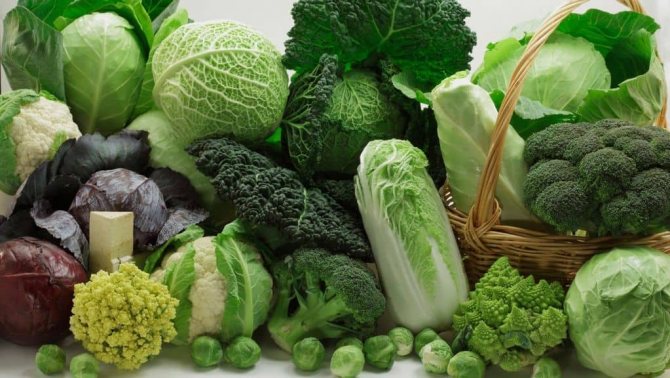

types of cabbage
I also prefer cabbage from a gastronomic point of view - it is suitable for fresh consumption, delicious in salads, side dishes, soups. The product is fermented, fried, boiled, stewed, salted, baked, canned. The benefits of cabbage cannot be overstated:
- The content of mineral salts of potassium, sulfur, calcium, phosphorus.
- Rich in fiber, phytoncides, enzymes.
- The presence of vitamins of groups A, B, K, C, R.
The only difficulty in growing cabbage is the plant's susceptibility to diseases and pests. But from my own experience, I will say that diseases and enemies can be successfully resisted with simple preventive measures.
Cabbage pest control


To protect the plantings from the attack of pests, it is recommended to use folk methods - they definitely will not harm the future harvest, which means that such cabbage will be absolutely safe for eating.
So, to protect against fleas and slugs, young seedlings after planting must be powdered with ash. Caterpillars and aphids are well destroyed by onion peel infusion. Pour a full liter jar of husks into a bottle and pour 2 liters of boiling water. Insist for 2 days, before use, dilute with 2 liters of liquid and pour in a little liquid soap for better adhesion. Spray the cabbage.

